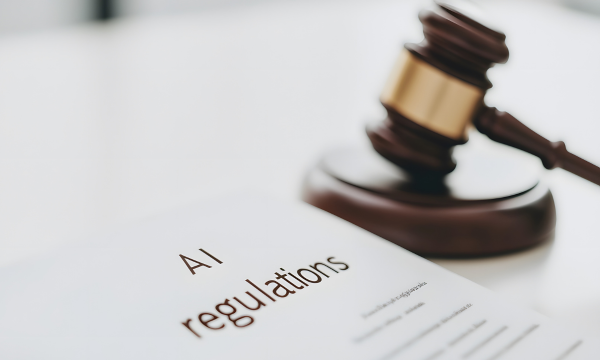In 2024, the AI sector is navigating through a reformative era marked by the implementation of regulatory frameworks across the globe. These regulations aim to address the challenges and opportunities presented by advanced AI technologies, including foundation models like GPT-4 and their applications in critical sectors such as healthcare, education, and law enforcement.
The European Union is leading with comprehensive legislation, while countries like China and the United States are developing their own approaches to manage the promise and perils of AI.
China’s approach is characterized by a more segmented regulatory strategy, issuing specific regulations for different AI applications as they emerge. Whereas, the U.S. strategy involves collaborative efforts between the government and AI developers to ensure frontier AI models undergo safety testing before release.
Why it matters: The significance of these regulatory efforts cannot be overstated. They represent a shift towards ensuring that AI technologies are developed and used in a manner that prioritizes safety, transparency, and accountability. The implications of these regulations extend beyond legal compliance, influencing how AI technologies are conceived, developed, and deployed globally. These efforts are not just about mitigating risks but also about fostering an environment where AI can be a force for good, driving innovation in ways that are ethical and beneficial to society at large.
- The EU’s AI Act is setting a precedent with stringent requirements for “high-risk” AI applications, demanding transparency, accountability, and respect for fundamental rights. This includes bans on specific uses of AI, like facial recognition in public spaces without judicial approval.
- OpenAI and other leading tech companies must adapt to these new regulations by ensuring their foundation models are compliant within a year of the AI Act coming into effect. This includes rigorous documentation and testing of AI systems to minimize biases and ensure security.
- While the EU is pioneering strict AI regulation, other regions are taking different approaches. All of these diverse approaches share the same goal of pushing towards a future where technology’s benefits are maximized, and its risks are carefully managed.
Go Deeper -> Everybody wants to audit AI, but nobody knows how – Axios






